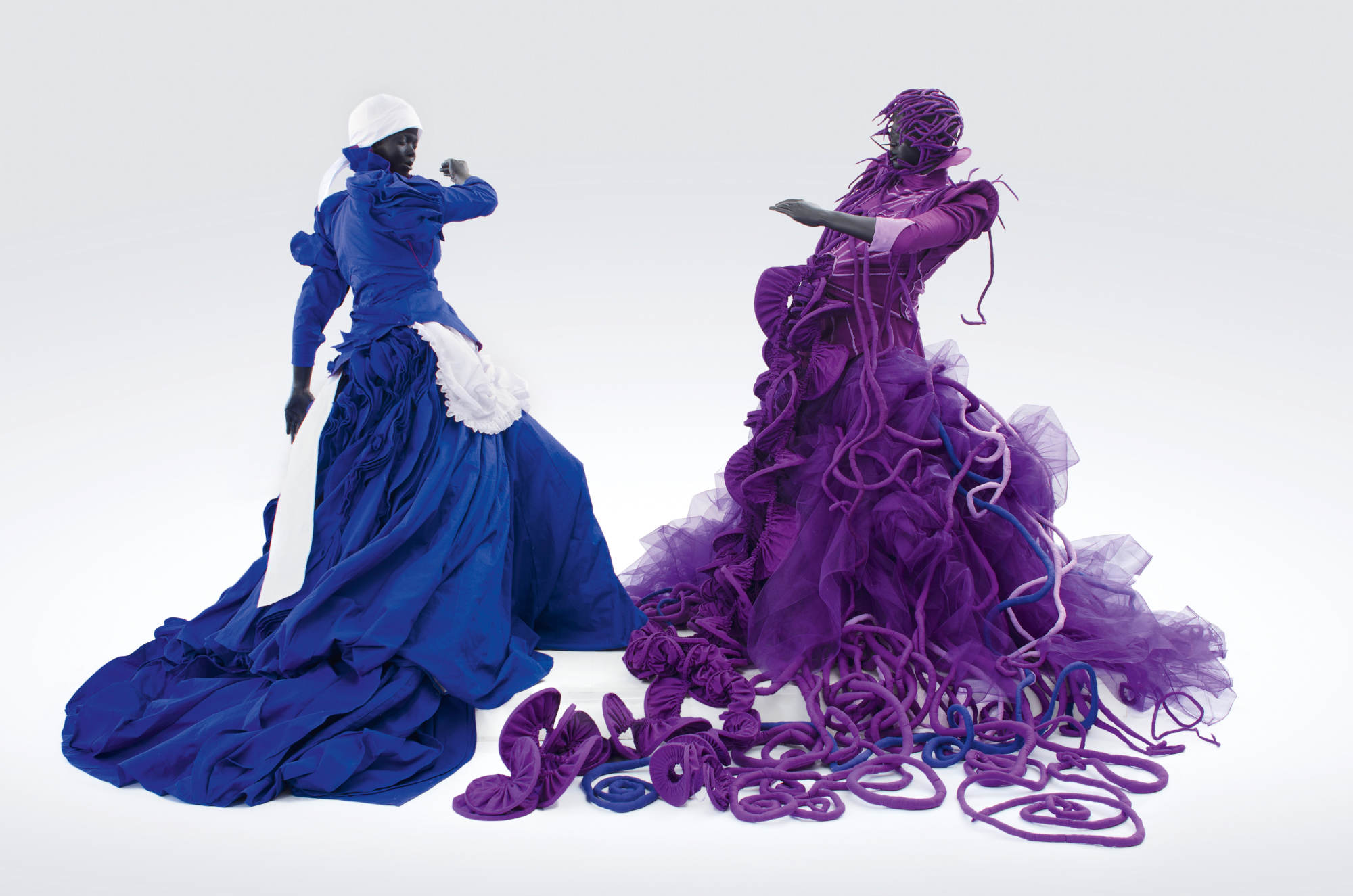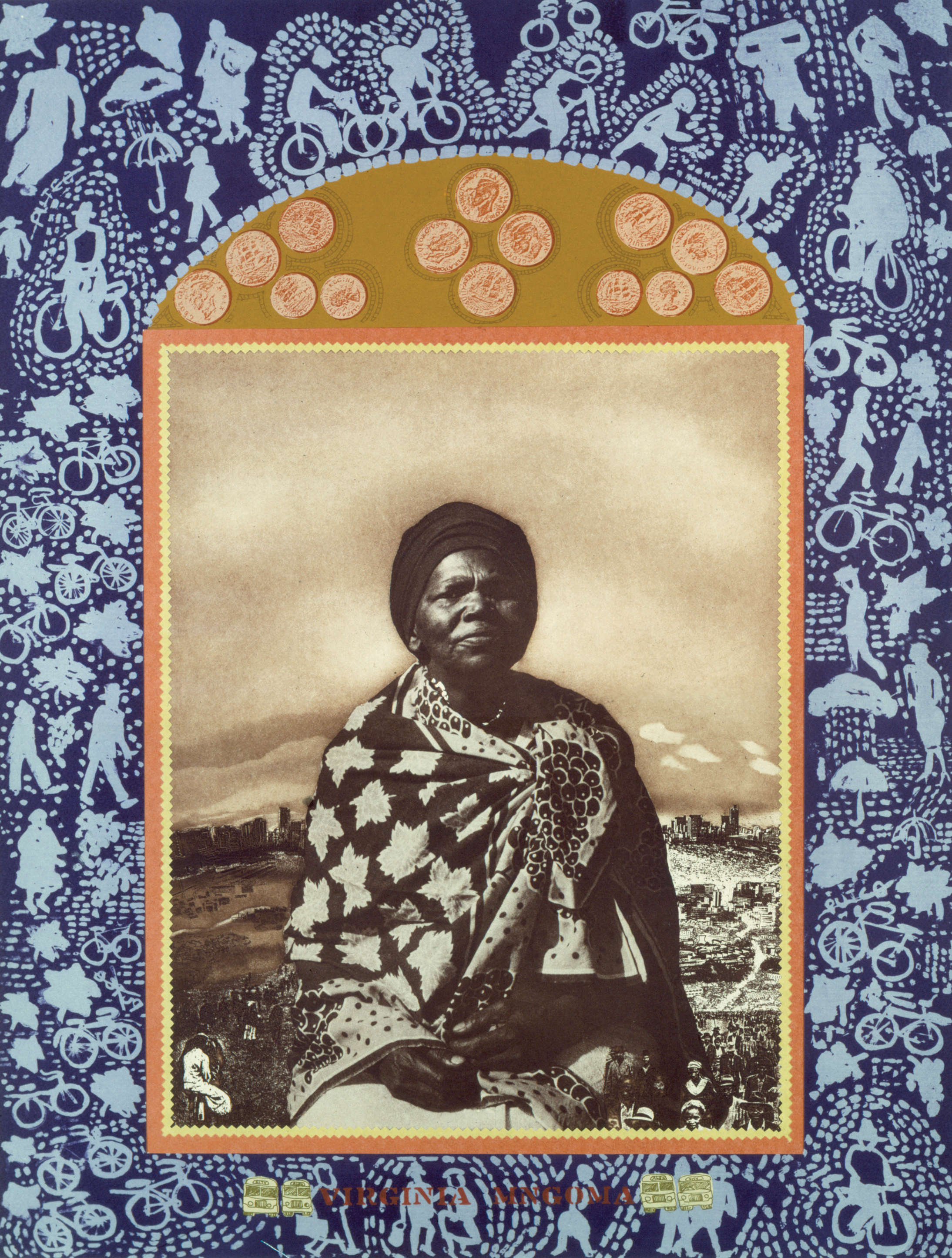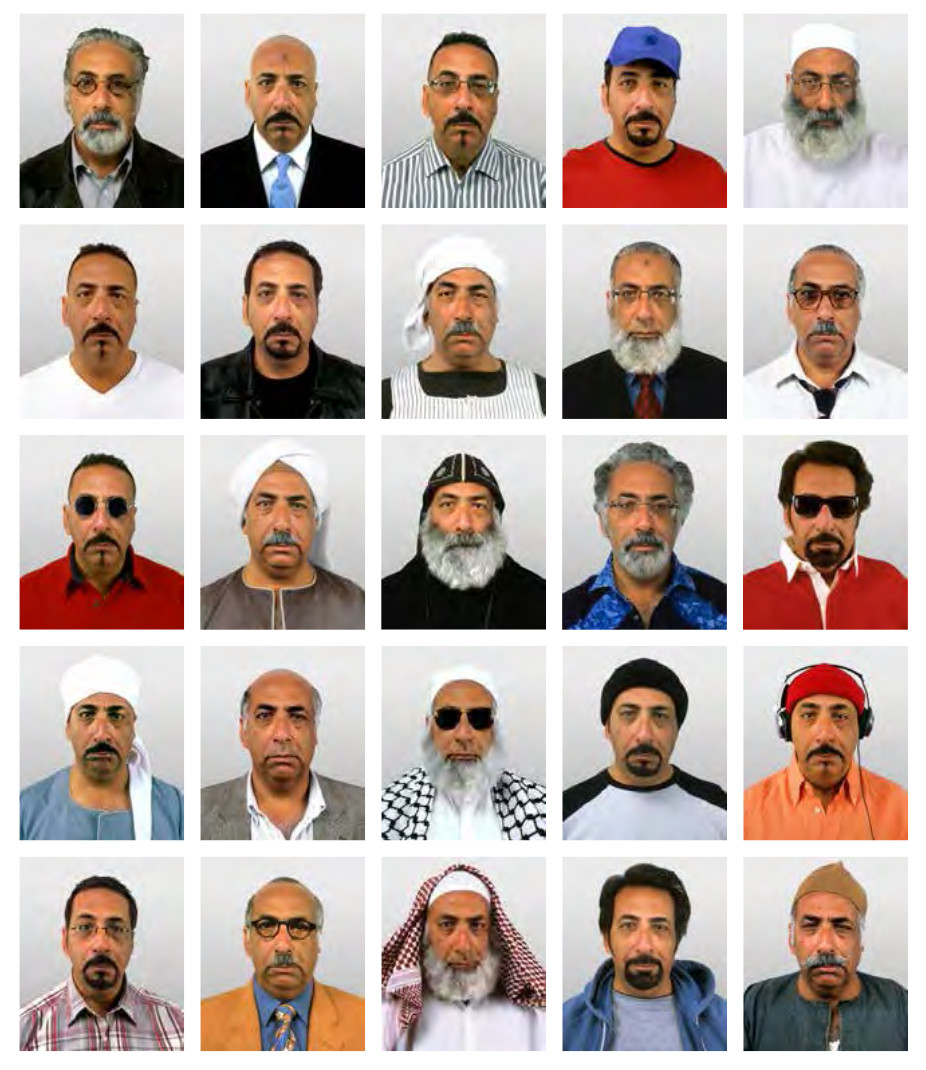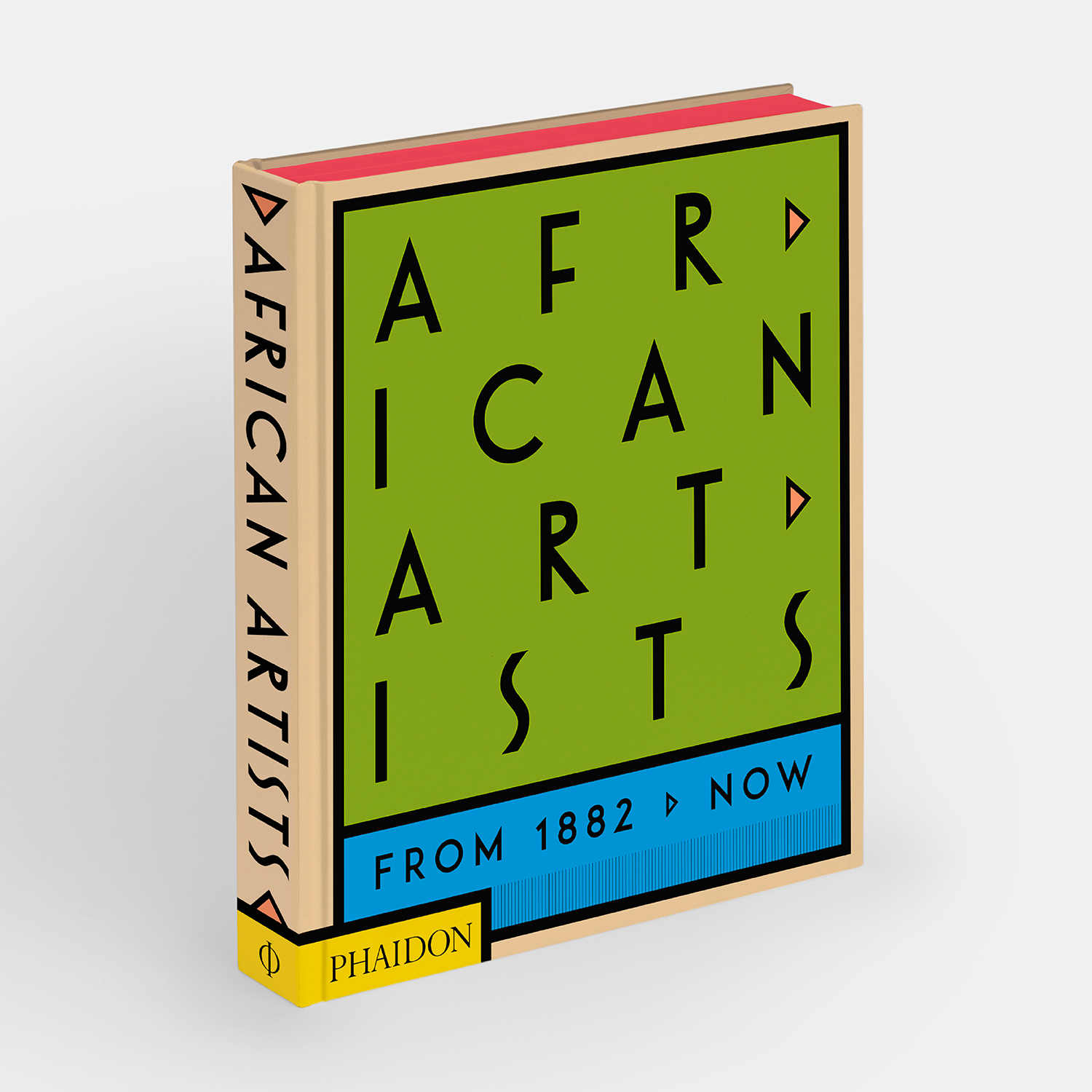
African Artists and Protest
Discover how politics and protest movements have fed into this region’s incredible contemporary art
Just like citizens in Europe or North America, the people of Africa have found plenty of reasons to take to the streets. Those reasons, however, differ a little from the big causes in the West.
As our new book, African Artists: 1882 to Now, points out, just as formative artistic movements such as cubism and minimalism have found different styles of expression among the brilliant works of the 300 modern and contemporary artists born or based in Africa surveyed in this ground-breaking book, so political causes worth fighting for, and making art about, differs too.
Of course, the Aparteid regime in South Africa is central to much of the continent’s protest art. The Johannesburg-based artist Mary Sibande was a child when white rule came to an end in her country, yet her work still engages with protests from this period in particular, and with recent history in general.
The pictured work (top), A Reversed Retrogress: Scene 1 “uses Sibande’s recurring ‘Sophie’ figure to create a scene where two alternate versions meet,” explains our new book. “They are clothed in colours referencing both the labour history of Black women during colonialism and apartheid and the events of the 1989 ‘Purple Rain’ anti-apartheid protest in Cape Town, where the police sprayed protesters with purple dye to mark them for arrest after the march. The figures are locked in what could be read either as a ‘dance of happiness’ or a ‘silent violence’ – a confrontation between two distinct moments in the country’s history.”

The British-born, Cape Town-based artist Sue Williamson takes a similarly long view of African protest; indeed you could view her series Few South Africans, as a work of protest itself.
As our book states, the series comprises “fourteen photo-etchings of women involved in the anti-apartheid struggle whose roles had been marginalized by male-dominated narratives.
“The print of Virginia Mngoma (above), who helped organize the 1957 Alexandra bus boycott against the proposed penny fare increase, shows her seated in a landscape collaged with images of Black South Africans walking the long distance from their townships to Johannesburg. As suggested by the symbolically decorated border, a practice Williamson had seen in the homes of Black South Africans, people refused to catch buses, but rather walked or cycled for a period of three months. Williamson’s print reinscribes and memorializes Mngoma’s contribution to the success of the boycott.”

Meanwhile, at the northern end of the continent, the Egyptian artist Nabil Boutros prefers to focus on the everyman in his protest art. In his series of self-portraits, Egyptians. The Suit Makes The Man, “Boutros fashions himself as a range of Egyptian characters both observed and imagined, exploring how people communicate their identities – class, social and religious – through dress, facial hair and personal style,” explains our new book. “The series was used in a poster campaign entitled ‘All Egyptians’, which protested the fatal bombing of a Coptic church in Alexandria in December 2010.”

However, a later, more famous protest movement, led Boutros’ portraits to be viewed in a different light.“The campaign took on new significance after Tahrir Square protests in Cairo in 2011 in the early days of the Arab Spring,” adds our new book. To see further works by artists such as these, order a copy of African Artists here.